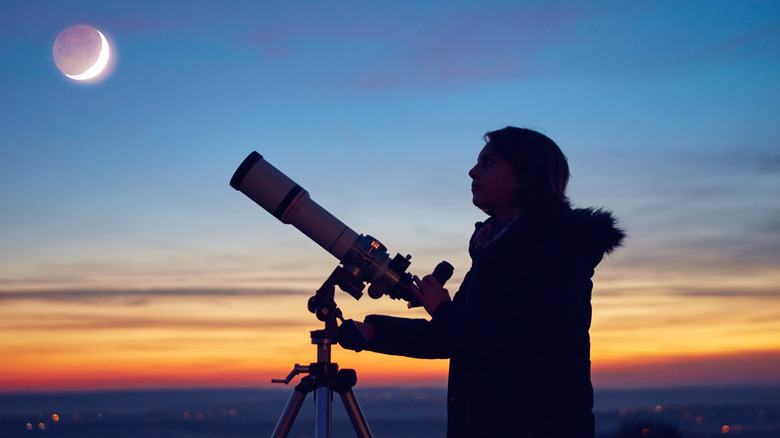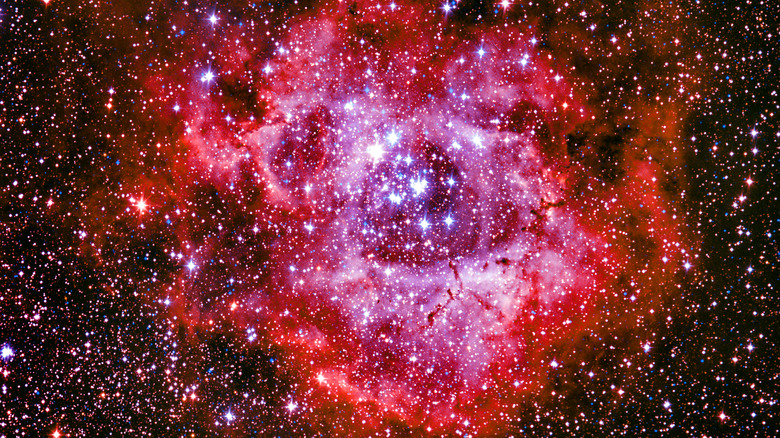The Truth About The Woman Who Discovered The Milky Way's Structure
We are always learning new things about our universe. The sea of stars above us shapes the way we see the world, but the way we see its shape has changed drastically as well. Much like there was a time when we perceived planet Earth as flat, there was a time in recent history when our perception of the Milky Way was equally two-dimensional (via Sky and Telescope). This is why, when you close your eyes and envision the galaxy in which we live, your mind gravitates to a picture of a flat, spiraling sphere with a mystical blue hue.
Like most things, the reality is a bit more complicated than that. The revelation that the Milky Way's structure is actually dense and clumpy did not dawn on humanity until 2002. This means that just two decades ago, everything we thought we knew about the structure of our galaxy was flat-out wrong, literally. Then along came astrophysicist Heidi Newberg to introduce a new way of mapping out this illustrious structure (via Research Gate).
Heidi Newberg discovered the Monoceros Ring
While staring at the swirls and spirals of the cosmic ceiling overhead, a research team led by astrophysicist Heidi Newberg noticed an overly dense cluster of stars on the outermost edge of the Milky Way (via Sky and Telescope). They also noticed a peculiar rippling in the sky. Later, this discovery would formally be known as the Monoceros Ring. Not only does it reshape our perception of the Milky Way, but 15 years of research has also revealed that it means our galaxy is about 60% percent larger than was previously projected (via Space).
While this discovery is nearly two decades old, debates regarding the origins of the Monoceros Ring carry on to this day (via Astrobites). Current simulations lack the ability to display and/or explain the mysterious galactic ripples. Since this discovery, other similar structures like the Triangulum Andromeda Stream have been brought to light. The future of mapping the Milky Way rests broadly on the shoulders of this often-overlooked scientific pioneer, known by friends and colleagues as Heidi Newberg.

